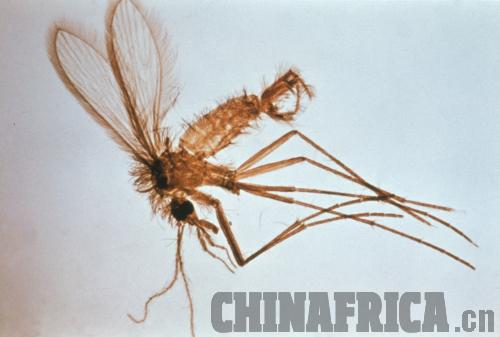| 
Health and politics don't always mix. In January, as increasing numbers of returnees from North Sudan entered Southern Sudan to vote on a referendum for independence, the World Health Organization (WHO) reported that a major visceral leishmaniasis epidemic was in danger of breaking out. Incidences of the disease – the world's second deadliest parasitic killer after malaria – had nearly doubled within the span of a month, according to case records from last November. WHO officials speculated that the surge was due to that fact that returnees typically did not have immunity against the disease.
UN Refugee Agency statistics show that more than 120,000 southerners returned from the North over a period of months starting early last fall. Visceral leishmaniasis is not just a problem in Sudan, though. It afflicts much of East Africa: Ethiopia, Kenya, Uganda and Somalia all grapple with the disease, but Sudan tends to be where epidemic cycles begin, according to Médecins Sans Frontières (MSF), or known as Boctors Without Borders. Transmitted by sand flies, it manifests itself in skin sores and parasites eventually spread to the body's internal organs. Patients also develop anaemia and darkened skin. It is fatal if left untreated.
In Sudan (and Ethiopia), there is the additional problem of HIV/AIDS co-infection. This means those who are HIV-positive have a high risk of contracting visceral leishmaniasis – a probability increase by a factor of 100 to 1,000, according to the WHO. It is also a disease of the poor: malnourishment leaves a person more susceptible to the illness.
China also has a history with visceral leishmaniasis. Unlike in East Africa where sand flies act as vectors for the parasite, visceral leishmaniasis on the mainland spread via dogs. It wreaked havoc on the eastern reaches of the country up until the late 1950s when it was eradicated through mass destruction of canines, campaigns which lasted into the 1980s.
Clamping down on sand flies in a similar way in Sudan and elsewhere is difficult. Beyond spraying insecticides on livestock, blankets and the walls of houses (which must be done properly, otherwise the parasite can develop a resistance to the toxins), there are few preventative measures that can be taken. Treatment is another complicated issue. The five drug therapies currently available all have limitations. They are either unaffordable in cost for patients or require month-long hospital stays. And for co-infected HIV patients, the more effective visceral leishmaniasis drugs licensed for use in East Africa are toxic.
A lot needs to change in order to control the disease's spread. Visceral leishmaniasis is a quick killer – those infected can die in a matter of months without treatment. A swift therapy is urgently needed. The Drugs for Neglected Diseases Initiative, a non-profit research organization founded by MSF and the Kenya Medical Research Institute, among others, is trying to develop cheap drug combination therapies to cut down treatment time to around 10 days. Hopefully, clinical trials will prove successful.
|